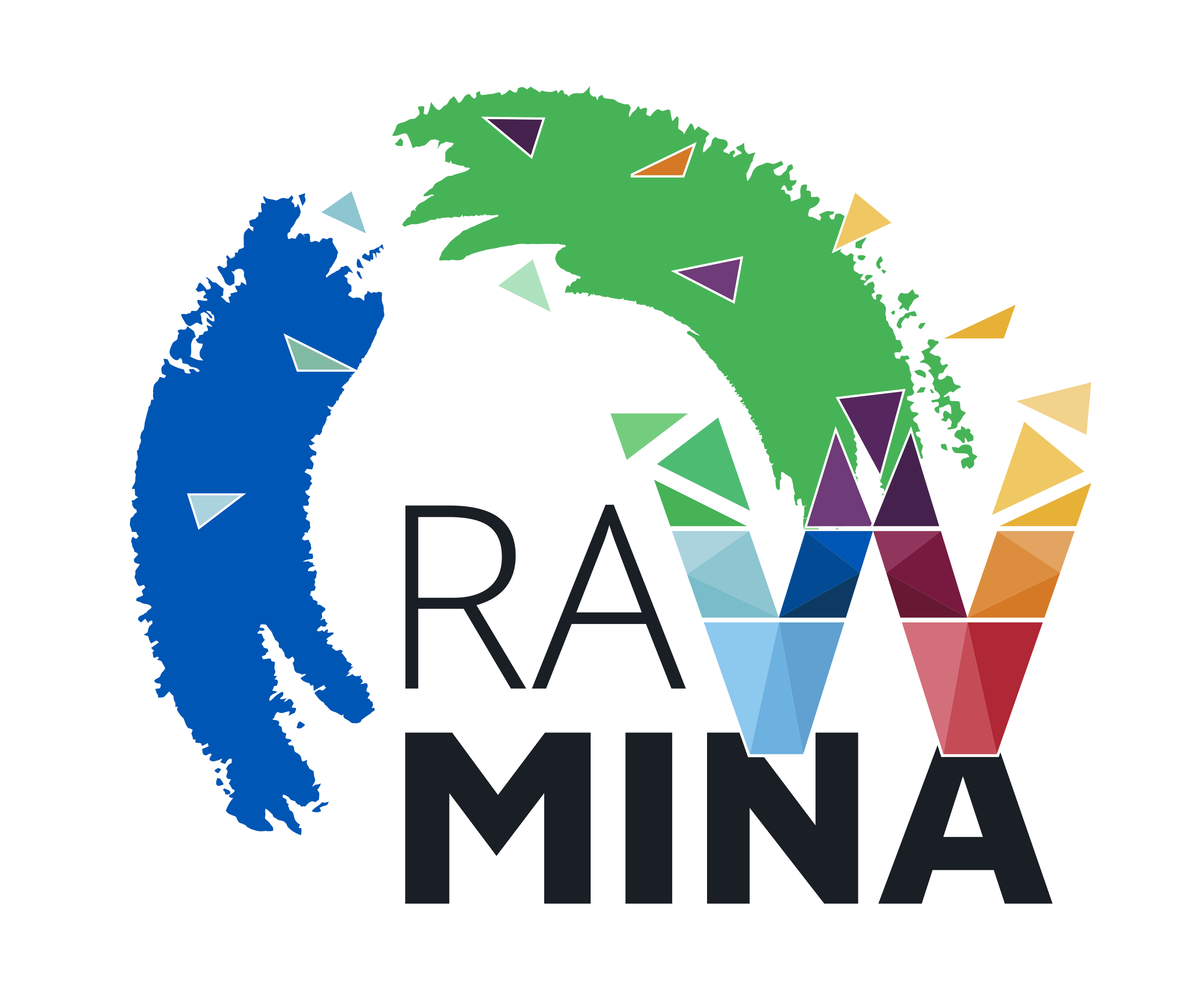Project Name: Integrated Innovative pilot system for Critical Raw Materials recovery from mines wastes in a circular economy context
Description
RAWMINA will develop and demonstrate an innovative pilot system for the clean and sustainable production of non-energy, non-agricultural raw materials (RMs) in the EU from Mine Waste (MW) resources. RAWMINA will implement and standardise an innovative energy, water- and cost-effective continuous pilot process for producing RMs. It will integrate novel bioleaching and nano-based materials for Sb, Co, Ge and W selective recovery from MW from “unexploited/underexploited metal containing materials”. RAWMINA will improve EU competitiveness and create added value in RMs processing, refining and equipment manufacturing by developing a new circular business model as an alternative to traditional linear mining economy. RAWMINA will integrate different technologies that will be demonstrated (TRL7) with MW of diverse geological compositions from EU and non-EU mines demonstrating flexibility in processing of the innovative pilot system. The project will perform a techno-economic and sustainability assessment throughout the entire life cycle considering health, safety, socio-economic and environmental impacts; maximising water/energy efficiency and waste/wastewater reduction.
As regards Standardisation, the aim is to explore standardisation topics of Circular Economy (CE) in the mine waste sector to evaluate the availability and appropriateness of the state-of-art standardisation framework. The main aspects that shall be covered include:
A. Assessment of current state of Standards concerning the recovery from MW in a CE context: the standardisation framework analysis will be focused on technical normative documents, including European standards, Technical Reports and Specifications, Guidelines, Standard proposals, and other types of technical normative documents. The aim of this analysis is to check if the technical normative documents cover all the steps of the value chain, from the design phase to the use/reuse phases, custody and traceability, collection and logistics, monitoring, mine waste pre-treatment, safety, quality of the final products, etc., and identify possible “gaps” (see point B below). It is highlighted that during the review and analysis of the current state of published Standards, the main topics covered by the Standards will be assessed in detail. Moreover, another important aspect consists in identifying the Main Standardisation Bodies and Organisations
B. Expected results from the Standardisation analysis/gap analysis: based on the outcomes of the assessment carried out at point A, partners of this task will check if the mentioned steps (point A above) are included in the documents assessed and identify possible gaps in the normative documents/standards (“gap analysis”). The objective of the gap analysis is the evaluation of the identified standardisation framework, the identification of potential contributions to future standardisation initiatives, including discussion and elaboration of opportunities for new standardisation areas, that can derive from the experience of RAWMINA Project.
C. Proposal of new Standards: based on the outcomes from point B, proposals for new standards may be brought to the attention of the EU Committee for Standardisation.
Reason for applying to HSbooster.eu services
The HS Booster arises as a great opportunity for the project to widen the knowledge and to guide the partners in their dedicated standardisation activities. Particularly, the standardisation Booster service would provide a valuable support through the related expertise to navigate the intricate landscape of standards and regulations that are closely related to mine waste new value chains.
If deemed necessary, and suitable from the Booster service, assistance in the proposal of new Standard documents, to be proposed to the Standardisation Committee, would be suggested by the applicants, by providing a clear blueprint for future standardisation efforts. In this regard, the support of the HS Booster may also facilitate direct collaboration with the relevant standardisation groups, leveraging their expertise to refine and validate proposed standards, ensuring seamless alignment with industry best practice.




